Instructor: Dr Vassilios McInnes Spathopoulos
An introduction to the science behind sports: for coaches, teachers and all sports fans
What you’ll learn
Understand the physics behind popular sports
Use physical principles to solve problems relating to the physics of sports
Use sport as a means of enhancing science classes
Requirements
Students are required to have knowledge of basic, school level, maths
Description
Many of us, in one way or another, have some kind of a connection to sport. Some will be sports professionals, such as coaches and athletes, whereas others may just be casual spectators admiring the achievements of competitors. Like most things in life, those achievements are determined by scientific principles.
This course aims to provide an understanding of the physical mechanisms behind many popular sporting events.
Understand the Science driving Sporting Performance
Learn how speed and acceleration relate to sprinting
Understand how Newton’s laws of motion determine the path of a football
Apply the principles of rotational motion to gymnastics, figure skating and diving
Use the principle of energy conversion for estimating the height achieved in the pole vault
Learn what the optimum launch angles are for the long jump and other sports projectiles
Apply basic aerodynamics principles to the javelin throw, ski jumping and swimming
Estimate the effect of wind speed, altitude, temperature and equipment on various sports
Based on my successful book, “An Introduction to the Physics of Sports”!
Contents and Overview
How are Newton’s three laws connected to football, and various forms of energy to cycling? What is the relationship between figure skating pirouettes and rotational motion? Do basic aerodynamics concepts influence performance in ski jumping, and hydrodynamics mechanisms, the world records in swimming?
The aim of this course is to present the physical laws that affect various sports. With the help of simple simulations and graphs, it is easily appreciated that science defines the performance of athletes, whereas at the same time the student is introduced to basic physics concepts in a novel and pleasant way.
In the seven sessions of the course, the scientific principles and theory governing specific sports and the performance of athletes are presented. For example, the concepts of velocity and acceleration are analysed through the performance of the leading short-distance athlete, Usain Bolt and Newton’s three fundamental laws of motion are portrayed in football and basketball.
The course includes 24 lectures with almost 2 hours of video content, links to numerous scientific articles of mine on sports physics and links to many videos of great sporting moments. At the end of each session a quiz is included to assess student understanding.
Who this course is for:
This course is meant for coaches and athletes wanting to obtain a better understanding of the physical mechanisms affecting performance
For science teachers wishing to use sport to enhance their classes
For anyone with an interest in sport wishing to view it from a different perspective

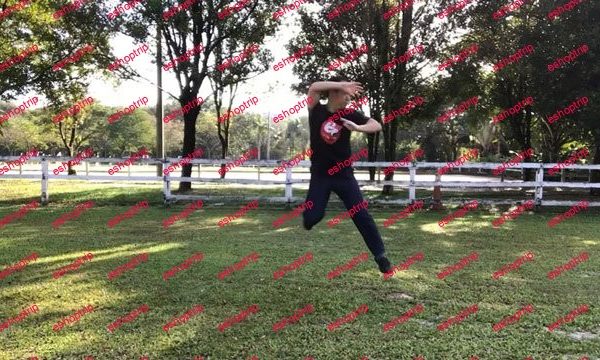

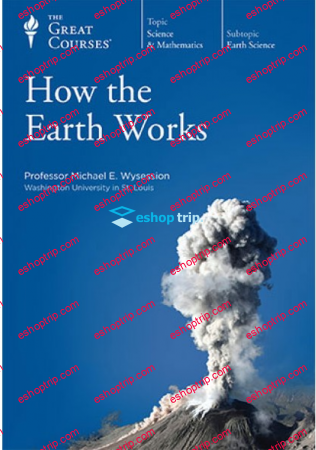

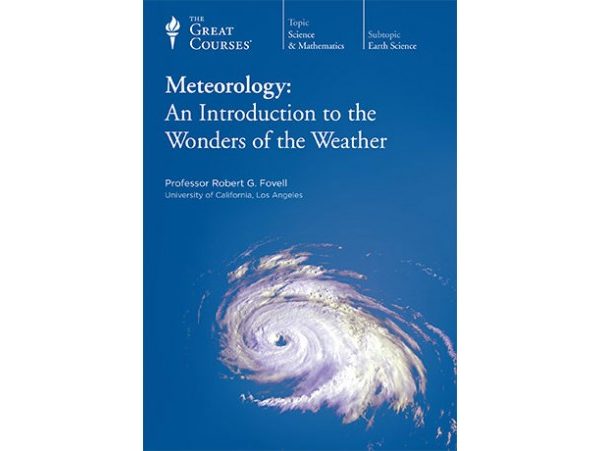

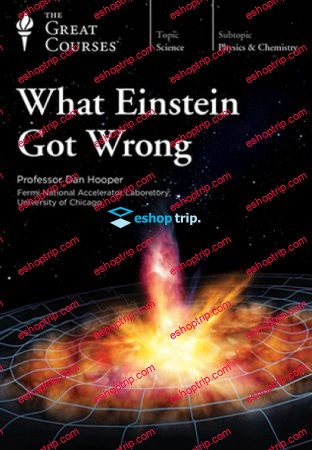


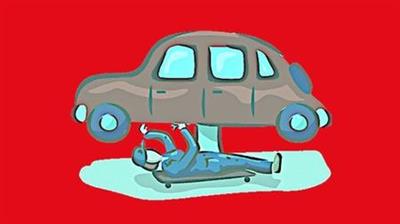
Reviews
There are no reviews yet.